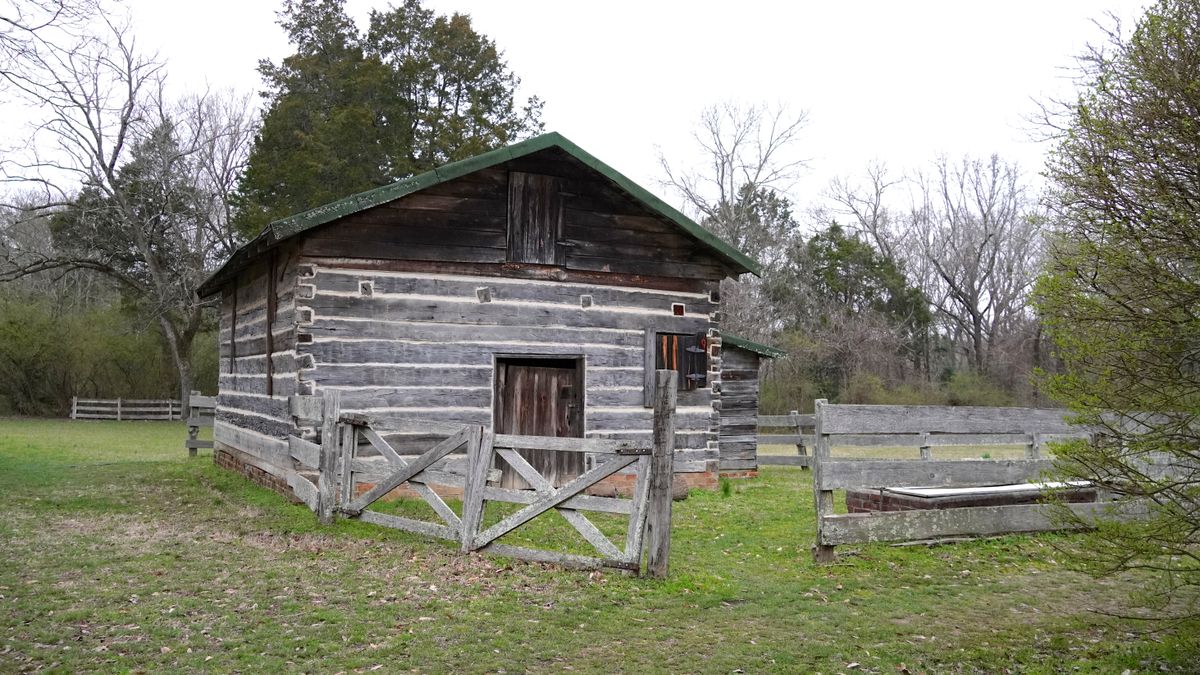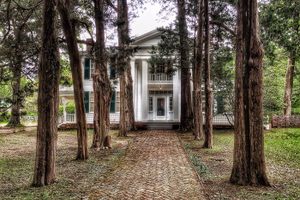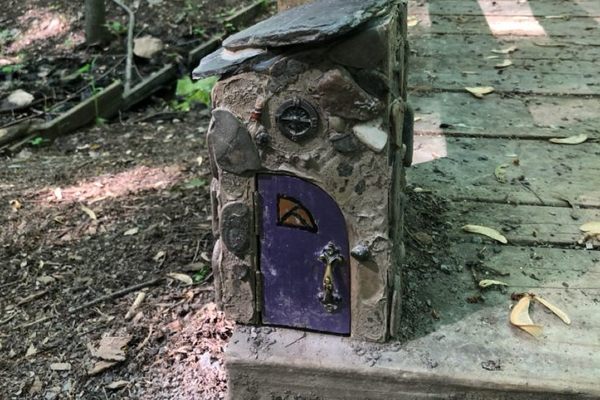About
Built in Oxford by planter Colonel Robert Sheegog in the 1840s, this primitive two-story Greek Revival home is where William Faulkner wrote many of his most legendary Southern gothic tales.
Faulkner and his wife, Estelle, bought Rowan Oak, then known as “The Bailey Place,” in 1930. Its new name was Faulkner’s homage to the mythical rowan tree, considered a tree of peace and security. Though the house itself was a rundown mess, the couple saw its potential and were enchanted with the four acres of red cedar, magnolia and cypress trees that surrounded it. Over the next few years, Faulkner would renovate much of the house himself. However, he refused Estelle’s wish to tame the wild grounds. “Only new money would ruin a garden like that,” he said.
The Faulkners lived in the home until his death in 1962. During that time, they raised three children and Faulkner won a Pulitzer Prize, a National Book Award and the Nobel Prize for Literature. He considered his lush, unwieldy home, which he called his “postage stamp of native soil,” one of his prime inspirations. It is said the dense forest of Rowan Oak helped develop his sense of multi-layered time, where the “past is never dead. It isn’t even past.”
In 1972, the Faulkner’s daughter, Jill, sold the house to the University of Mississippi. Today, visitors can tour the house and grounds, just as beautiful and untamed as they were in Faulkner’s time. Of special interest is an outline for his novel A Fable, which he wrote on the wall of his study. The home was renovated most recently in 2005. The renovation was partially funded by author and Ole Miss (School of Law) alumnus John Grisham. Many writers continue to visit Rowan Oak, to pay homage to the great writer, and maybe to draw just a fraction of the inspiration he did from this magical place.
Related Tags
Community Contributors
Added By
Edited By
Published
May 2, 2016
Sources
- https://en.wikipedia.org/wiki/Rowan_Oak
- http://museum.olemiss.edu/historic-homes/rowan-oak/
- http://gardenandgun.com/article/faulkner-rowan-oak
- http://museum.olemiss.edu/historic-homes/rowan-oak/
- Lawrence and Hise 1993 http://www.worldcat.org/oclc/27974796
- I went to school there; it's Ole Miss, not Old Miss





































